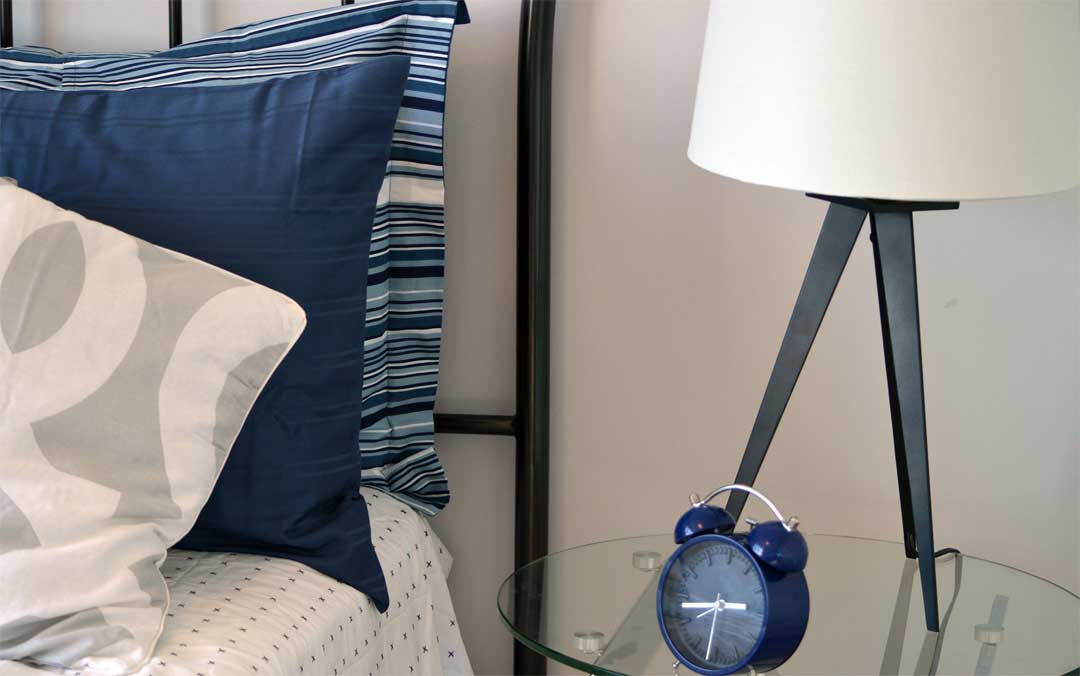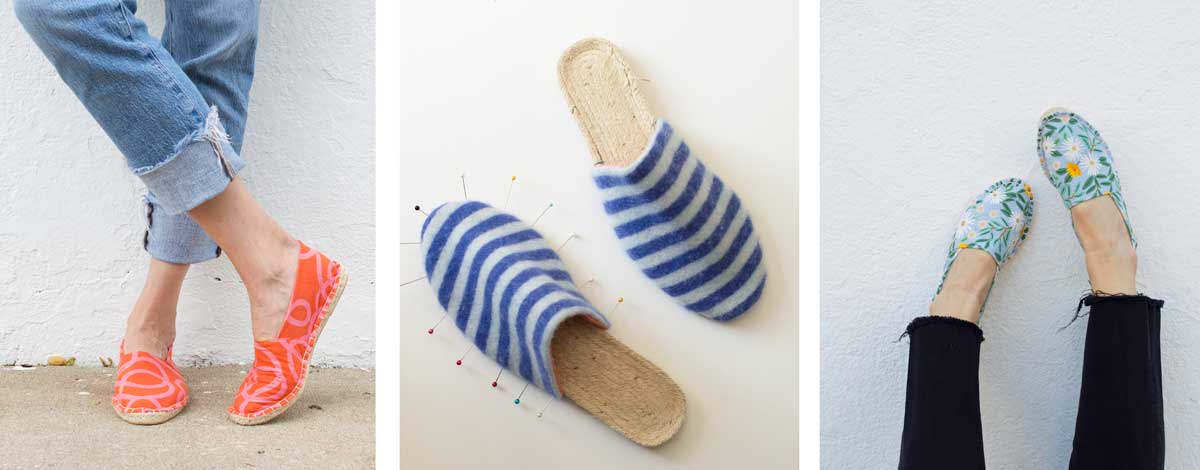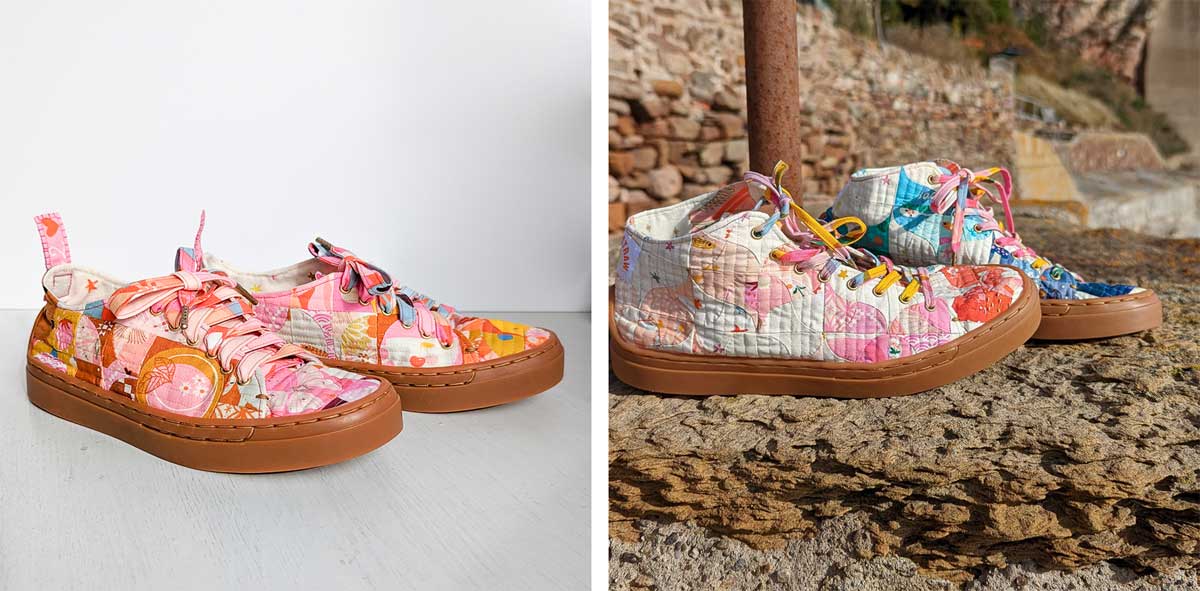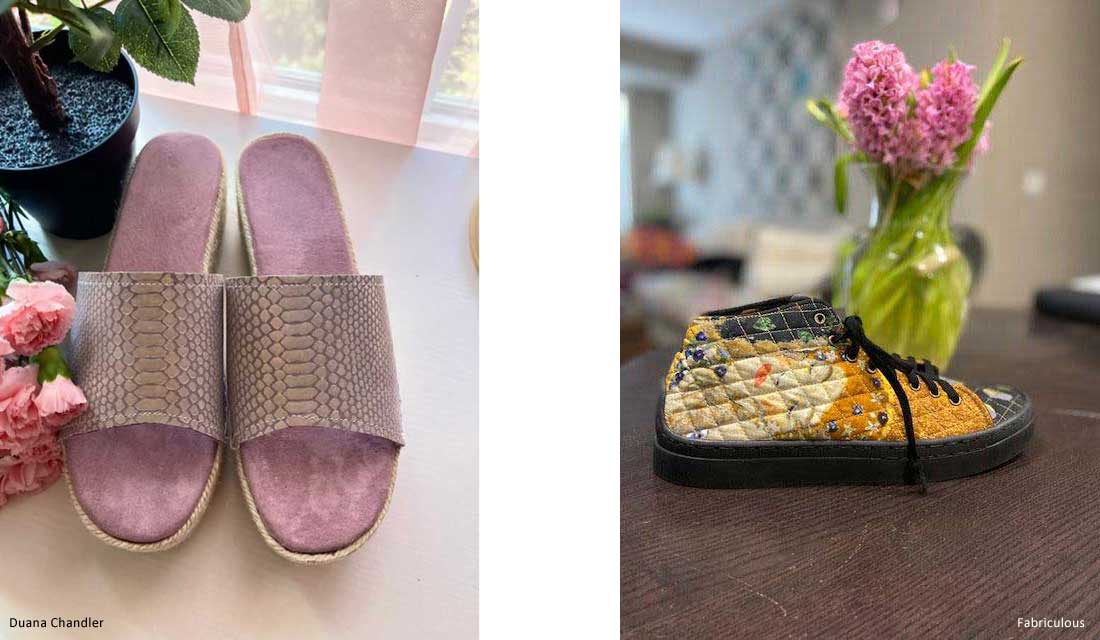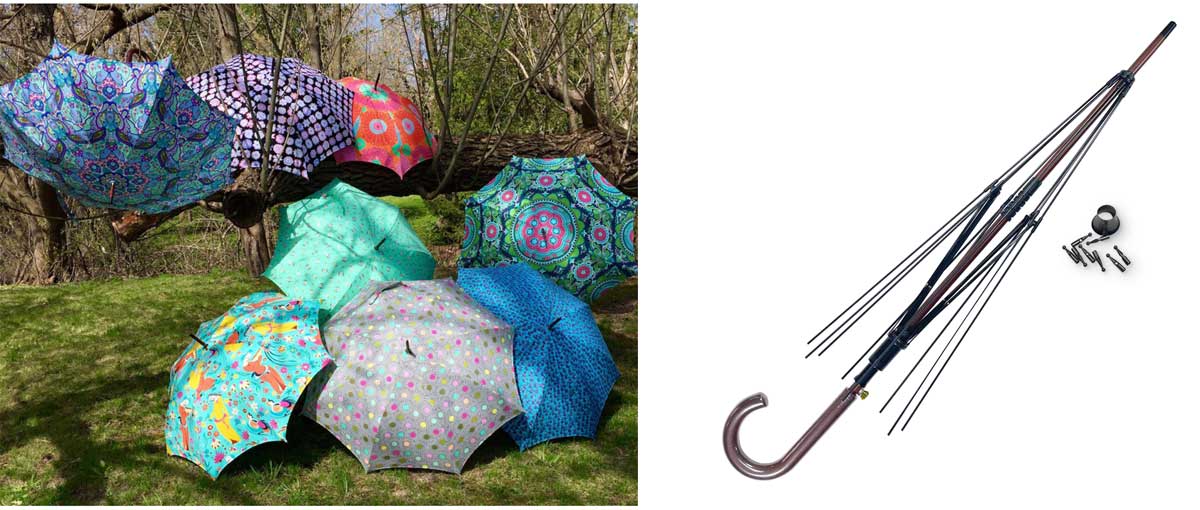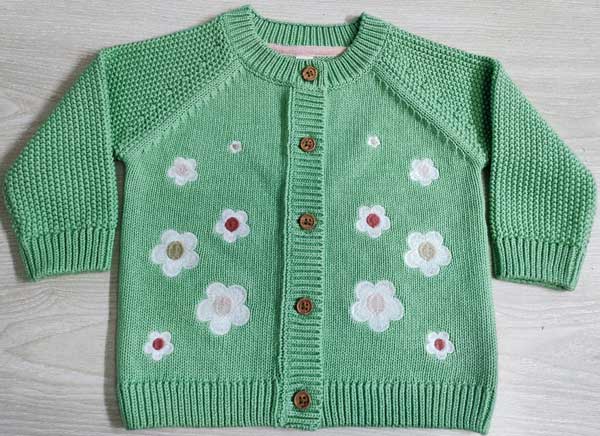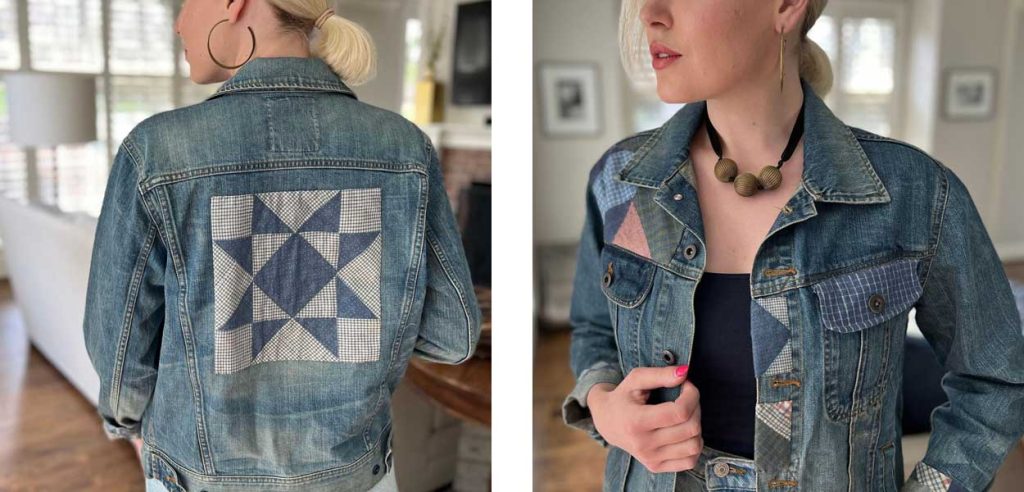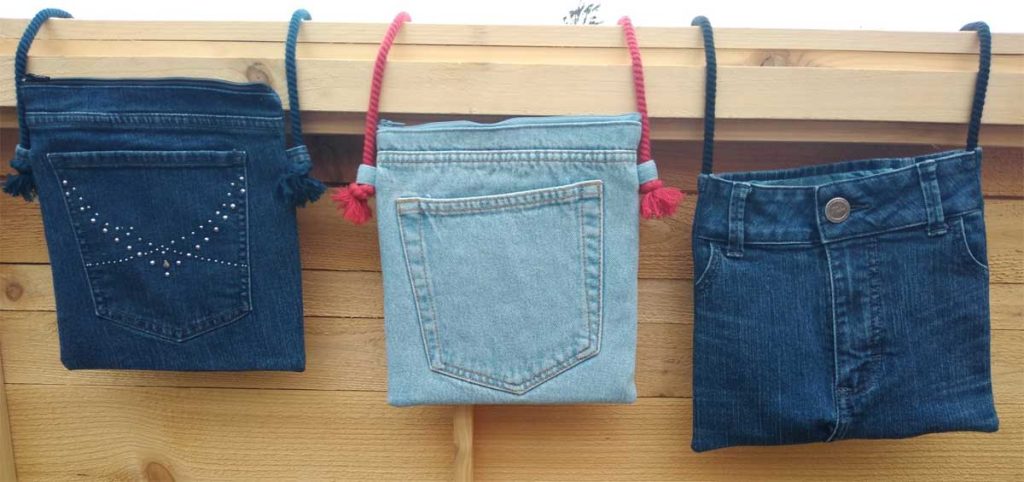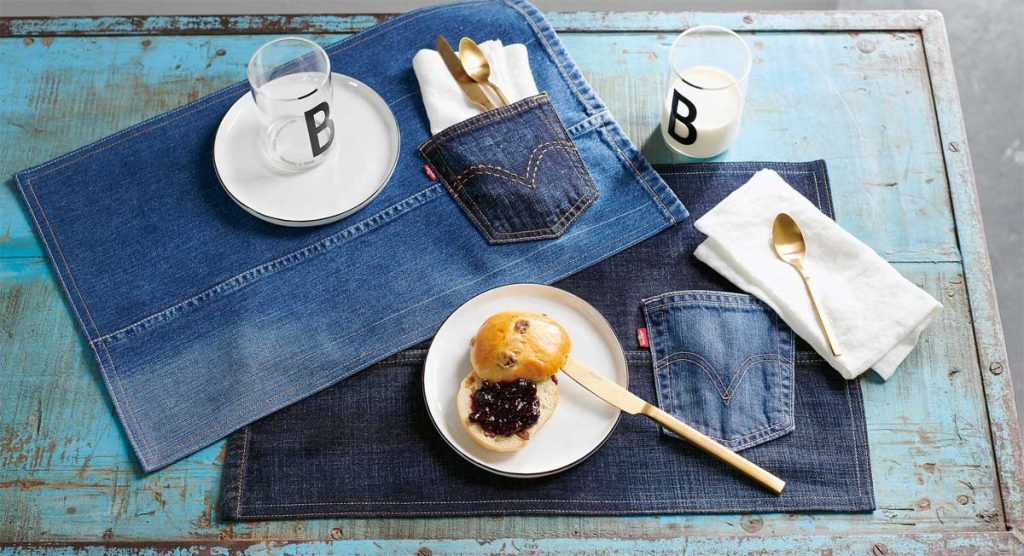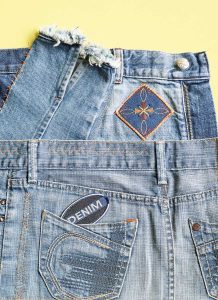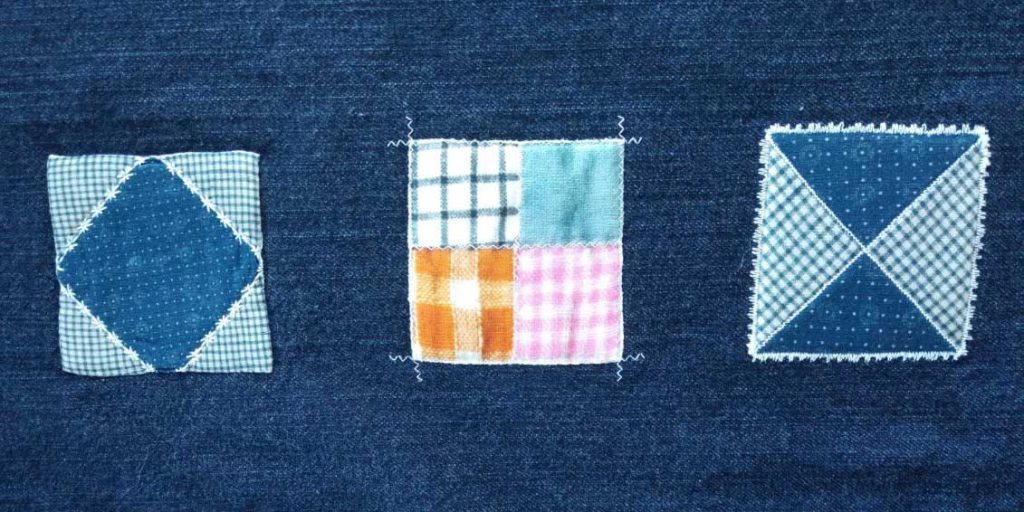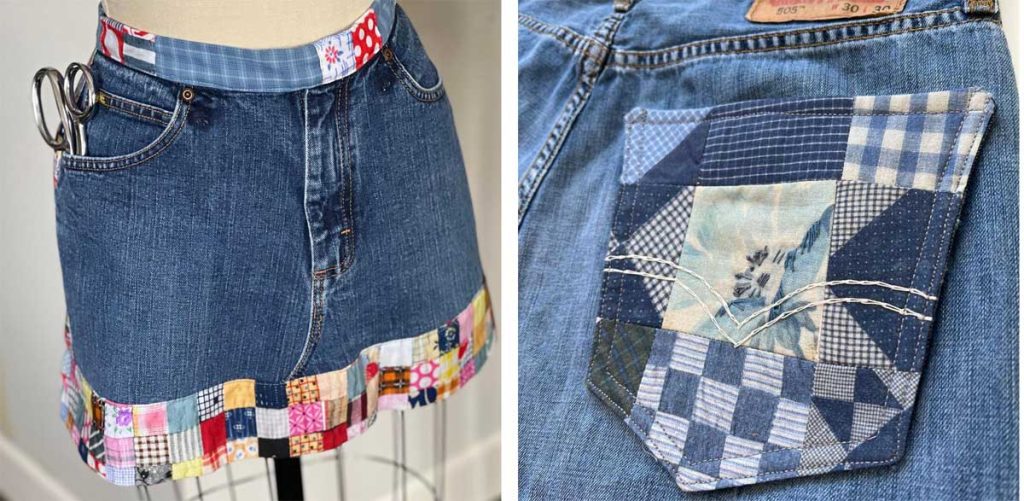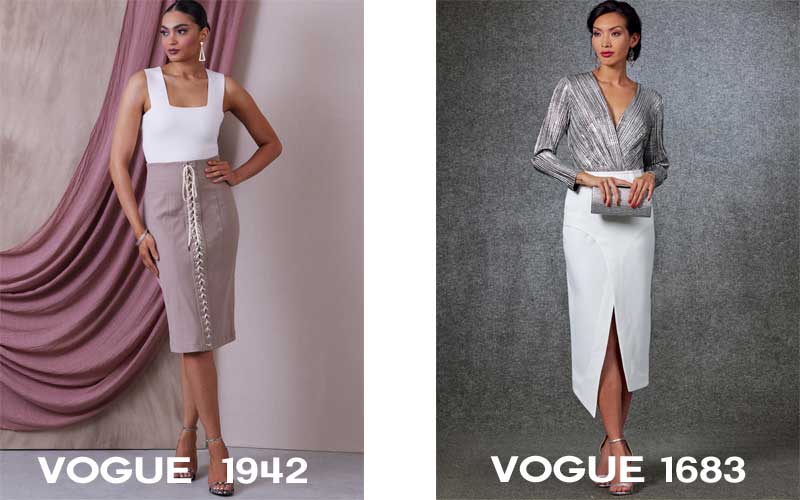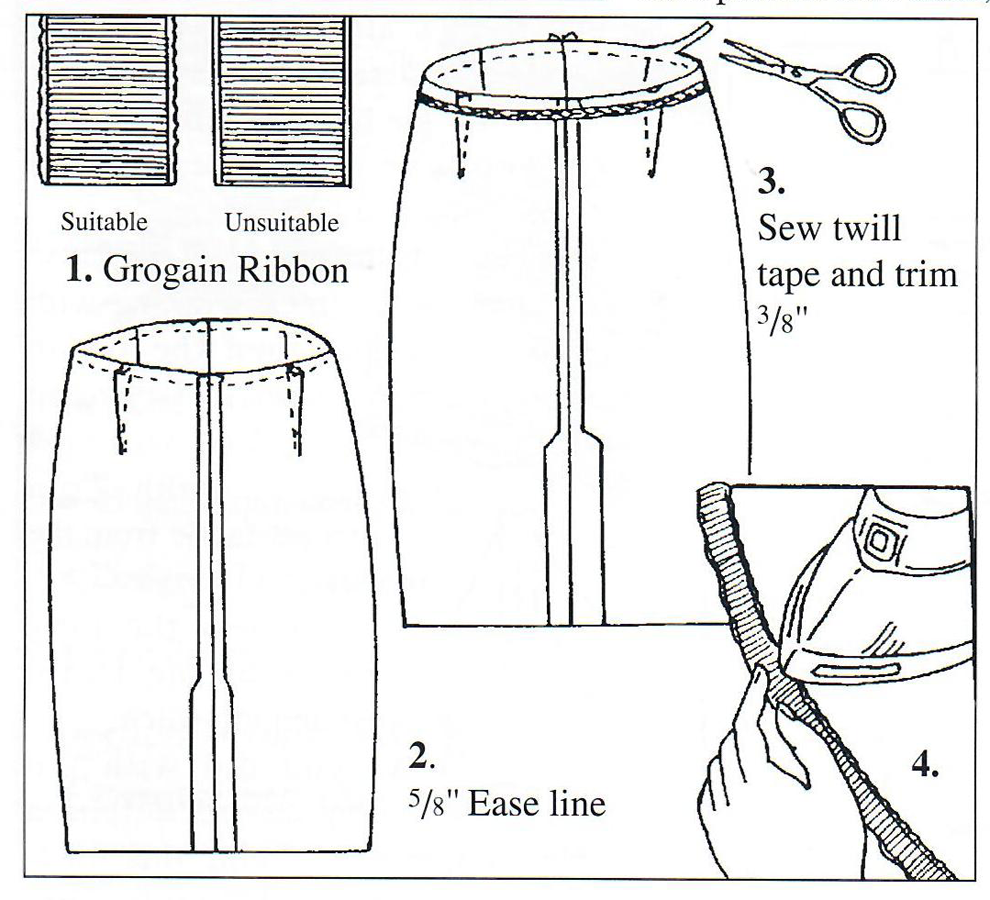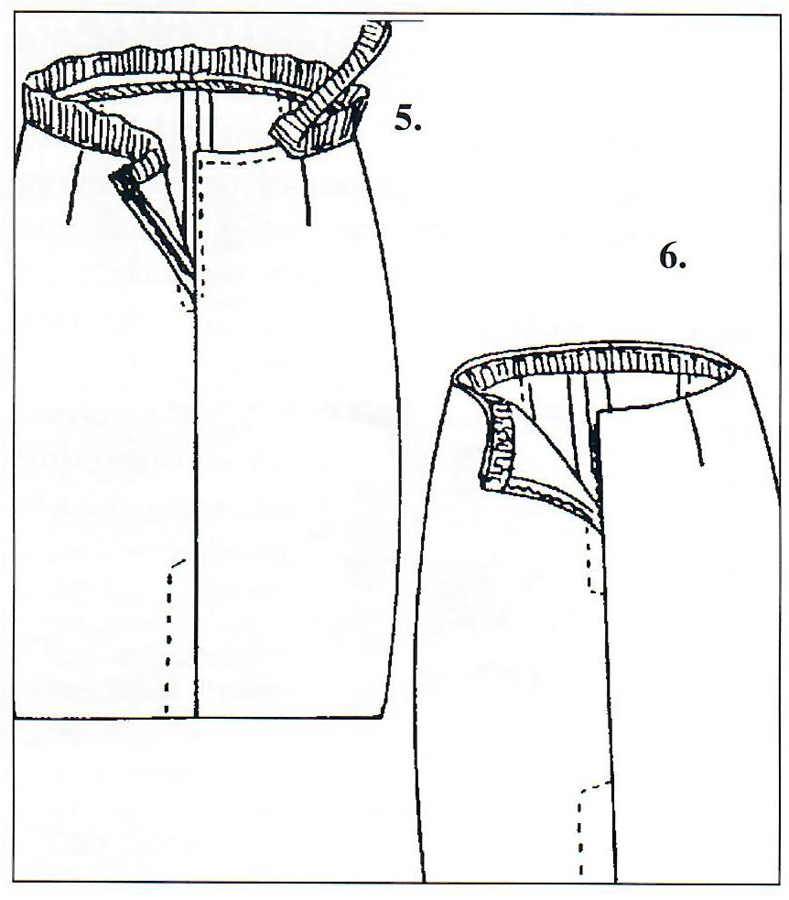When it comes to pillows, if you follow the “rules,” bed pillow sizes are as follows:
- Standard bed pillow: 20″ x 26″
- Queen bed pillow: 20″ x 30″
- King bed pillow: 20″ x 36″
- Euro square: 26″ x 26″
However, rules are made to be broken!
Custom Size Pillows
It can sometimes be a challenge when you need to fill the headboard of a king — or even queen — size bed.
-
- One solution is to create a “custom king” measuring 26″ high x 36″ wide
- You can also expand the concept to include “custom queen” that are 26″ high x 30″ wide
The full article is in the Members area of the website. CLICK HERE to read the full article. Not a member? Join online!





